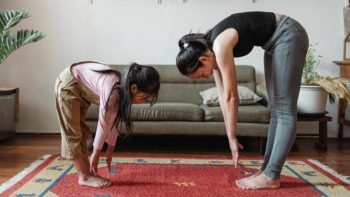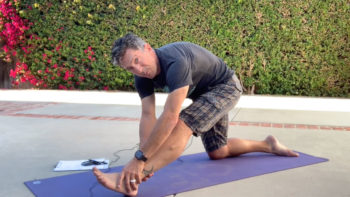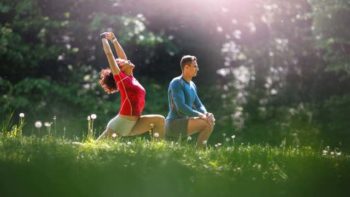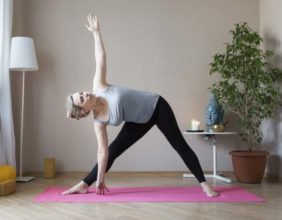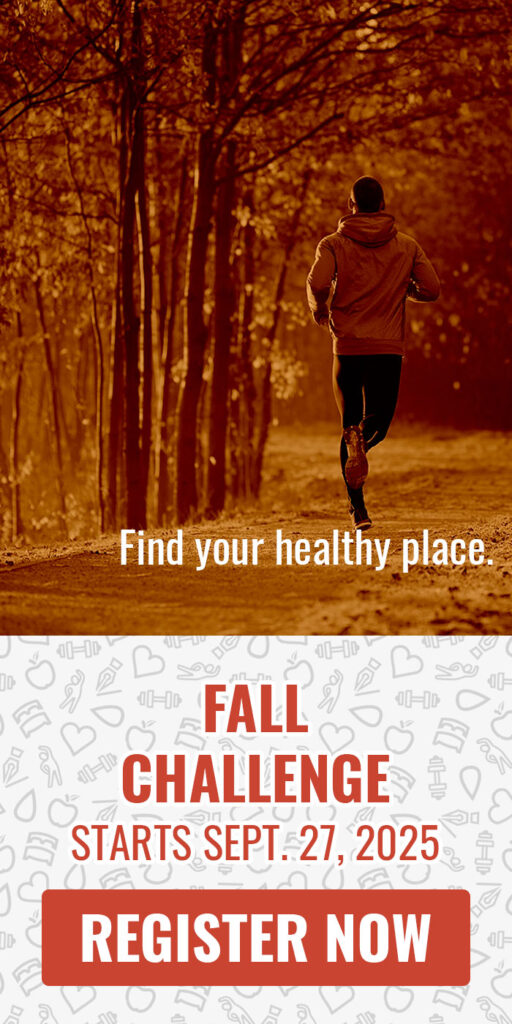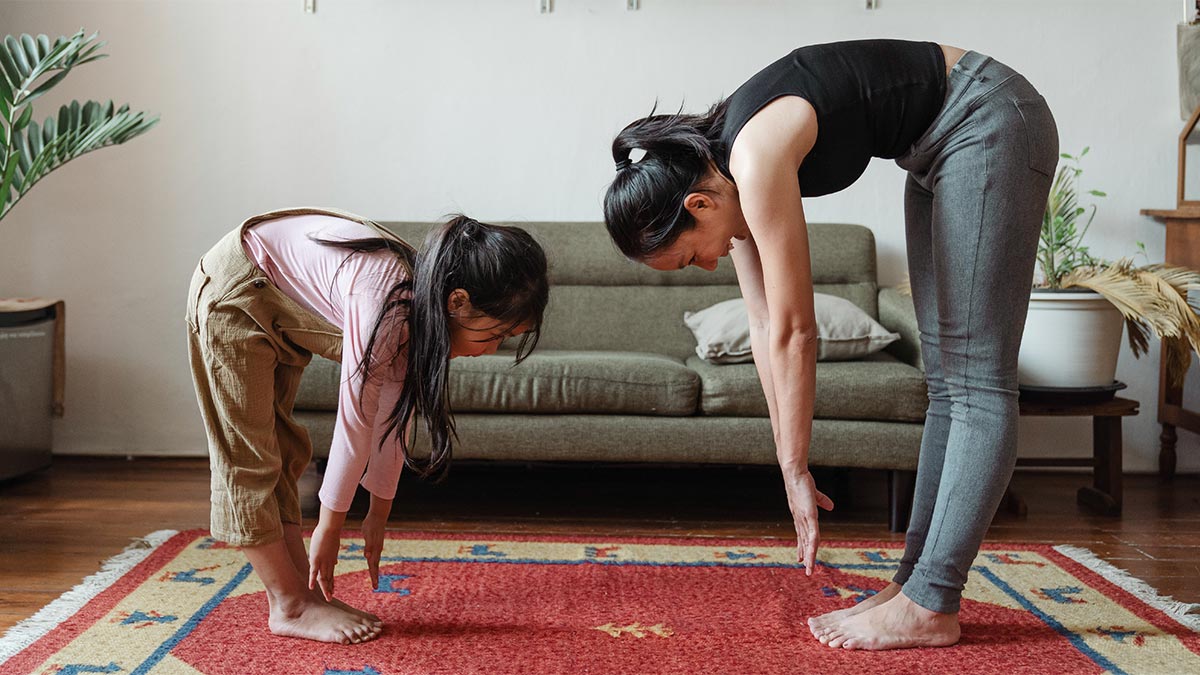 Reading Time: 6 minutes
Reading Time: 6 minutesAs we age, maintaining physical health becomes a cornerstone of a vibrant, independent life. While flexibility often takes center stage in fitness discussions, mobility—a broader, more functional concept—deserves the spotlight.
Mobility encompasses not just flexibility but also strength, balance, coordination, and joint health, all of which are critical for aging gracefully. This blog post explores why prioritizing mobility over simple flexibility is essential for older adults, how it impacts daily life, and practical ways to incorporate it into your routine.
What Is Mobility, and How Does It Differ from Flexibility?
Flexibility refers to the ability of muscles and tendons to stretch, allowing a joint to move through its range of motion. Think of touching your toes or performing a deep hamstring stretch. While flexibility is a component of physical fitness, it’s just one piece of the puzzle.
Mobility, on the other hand, is the ability of a joint to move actively through its full range of motion with control, stability, and strength. It integrates flexibility with other elements like muscle power, balance, and coordination.
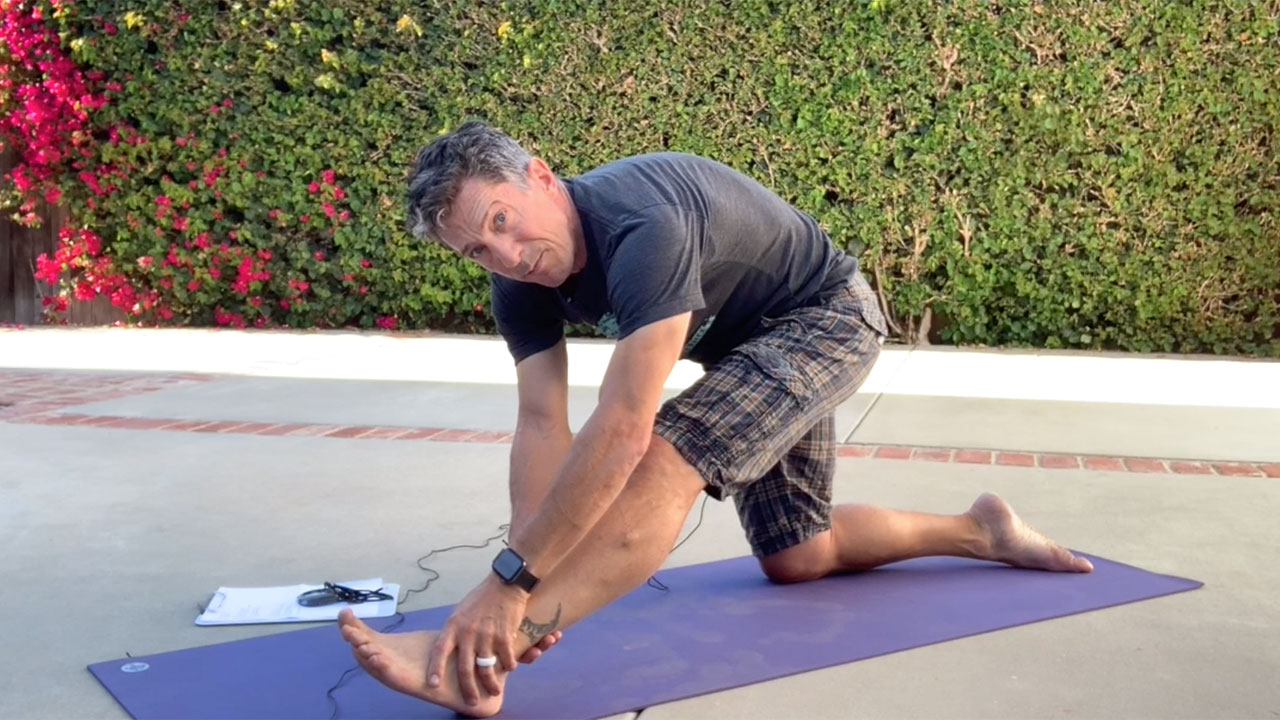
For example, flexibility allows you to bend your knee, but mobility enables you to squat, stand up from a chair, or step over an obstacle without losing balance. As we age, mobility becomes more critical because it directly supports functional movements—everyday tasks like walking, climbing stairs, or getting out of bed.
Focusing solely on flexibility without addressing strength or balance can leave gaps in physical capability, increasing the risk of falls or injuries.
Why Mobility Matters as You Age
Aging brings natural changes to the body: muscles lose mass (sarcopenia), joints stiffen, and balance declines. These changes can make daily activities challenging, reducing independence and quality of life. Mobility training addresses these issues holistically, offering benefits that simple flexibility cannot match.
-
Fall Prevention: Falls are a leading cause of injury among older adults, with the CDC reporting that one in four Americans over 65 falls annually. Mobility exercises, which improve balance and coordination, significantly reduce fall risk. For instance, tai chi or single-leg stands enhance proprioception—the body’s ability to sense its position in space—helping you stay steady on uneven surfaces.
- Joint Health and Pain Reduction: Stiff joints and arthritis are common in aging populations. Mobility work, such as dynamic stretching or controlled joint rotations, lubricates joints by promoting synovial fluid production. This reduces pain and stiffness, unlike static stretching, which may not engage joints actively enough to provide these benefits. For more on how joint mobility can combat stiffness, check out 4 Mobility Exercises That Fight Aging and Keep You Young
-
Functional Independence: Mobility directly supports activities of daily living (ADLs). Whether it’s reaching for a high shelf, bending to tie shoes, or getting up from a low chair, mobility ensures you can perform these tasks safely and efficiently. Flexibility alone doesn’t guarantee the strength or control needed for such movements.
-
Mental and Emotional Well-Being: Mobility training often involves mindful movement, like yoga or qigong, which fosters a mind-body connection. This can reduce stress, improve mood, and boost confidence in physical abilities, all of which are vital for mental health as we age. 7 Habits That Might Change Your Whole Life emphasizes how mobility, alongside other wellness habits, supports overall well-being.
The Risks of Overemphasizing Flexibility
While flexibility is valuable, an overemphasis on it can lead to imbalances. Static stretching, if not paired with strength or balance work, may increase joint laxity, potentially destabilizing joints in older adults with already compromised connective tissue.
For example, overstretching the hamstrings without strengthening the quadriceps can create uneven forces around the knee, increasing injury risk.
Moreover, flexibility gains are often temporary if not integrated into functional movement patterns. Stretching a muscle in isolation doesn’t teach the body how to use that range of motion in real-world scenarios. Mobility, by contrast, trains the body to apply flexibility practically, ensuring that gains translate to everyday life.
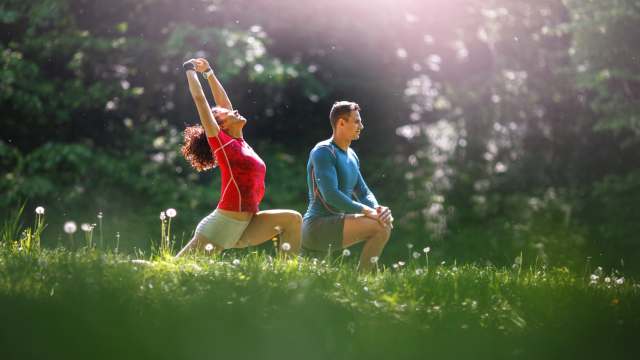
How to Build Mobility as You Age
Incorporating mobility into your routine doesn’t require a gym membership or hours of dedication. The key is consistency, variety, and a focus on functional movements. Below are practical strategies to enhance mobility, optimized for seniors and adaptable to various fitness levels.
Start with Dynamic Warm-Ups
Dynamic warm-ups prepare the body for movement by gently increasing heart rate and mobilizing joints. Try these exercises for 5-10 minutes daily:
-
Arm Circles: Stand tall and rotate arms in small, controlled circles, gradually increasing size. This loosens shoulder joints and improves upper body mobility.
-
Hip Rotations: Place hands on hips and draw circles with your pelvis to lubricate hip joints, crucial for walking and sitting.
-
Ankle Rolls: Lift one foot and rotate the ankle in both directions to enhance stability and prevent trips.
Incorporate Functional Strength Training
Strength is a cornerstone of mobility. Bodyweight exercises or light resistance training can build the power needed for controlled movement. Examples include:
-
Chair Squats: Stand in front of a chair, lower to a seated position, then stand back up. This mimics sitting and standing, strengthening legs and core.
-
Wall Push-Ups: Place hands on a wall and perform push-ups to build upper body strength, aiding tasks like pushing doors or lifting objects.
-
Step-Ups: Step onto a low platform or stair, focusing on balance and control, to improve leg strength and coordination.
Practice Balance and Coordination
Balance exercises are critical for fall prevention and confidence in movement. Try these simple drills:
-
Heel-to-Toe Walk: Walk in a straight line, placing the heel of one foot directly in front of the toes of the other, like walking a tightrope.
-
Single-Leg Stance: Hold onto a chair for support and lift one foot, aiming to balance for 10-30 seconds per side.
-
Side Leg Lifts: Stand tall and lift one leg to the side, holding briefly to strengthen hip stabilizers.
Use Mindful Movement Practices
Activities like yoga, tai chi, or Pilates blend mobility, flexibility, and mindfulness. These practices improve body awareness, reduce stress, and enhance coordination. Look for senior-focused classes or online videos tailored to beginners. For a guided mobility sequence, explore the Whole Life Challenge’s Jill Miller Mobility Follow Along: Week 2, and take advantage of Jill’s expertise to guide you through exercises to improve movement quality.
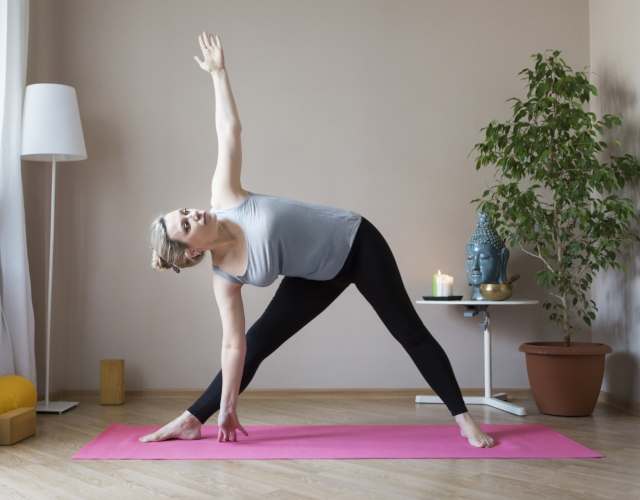
Stay Consistent and Progress Gradually
Aim for 20-30 minutes of mobility-focused movement most days of the week. Start with exercises that match your current ability and gradually increase intensity or duration. Listen to your body, and consult a healthcare provider or physical therapist if you have chronic conditions or mobility limitations.
Mobility vs. Flexibility: A Balanced Approach
While mobility is the priority for aging well, flexibility still has a place. Static stretching can complement mobility work by relieving muscle tension and maintaining muscle length. The key is balance—use flexibility exercises as a cooldown after mobility training, focusing on major muscle groups like the calves, hamstrings, and shoulders. For example, a seated hamstring stretch held for 20-30 seconds can relax tight muscles without overstressing joints.
Overcoming Common Barriers to Mobility Training
Many older adults face obstacles to starting a mobility routine, such as fear of injury, lack of time, or limited access to resources. Here’s how to address these:
-
Fear of Injury: Begin with low-impact exercises and seek guidance from a physical therapist or certified trainer specializing in senior fitness.
-
Time Constraints: Break sessions into 10-minute chunks throughout the day, such as a quick warm-up in the morning and balance drills in the evening.
-
Resource Limitations: Use household items like chairs or walls for support, and explore free online tutorials or community programs for seniors.
The Long-Term Payoff of Mobility
Investing in mobility yields lifelong dividends. By prioritizing functional movement over isolated flexibility, you can maintain independence, reduce injury risk, and enjoy a higher quality of life. Mobility empowers you to engage in hobbies, travel, and social activities with confidence, keeping you active and connected as you age.
For those starting their mobility journey, small steps lead to big results. Begin with a few exercises, stay consistent, and celebrate progress. If you’re unsure where to start, consult a professional to create a personalized plan. Your body—and future self—will thank you.
